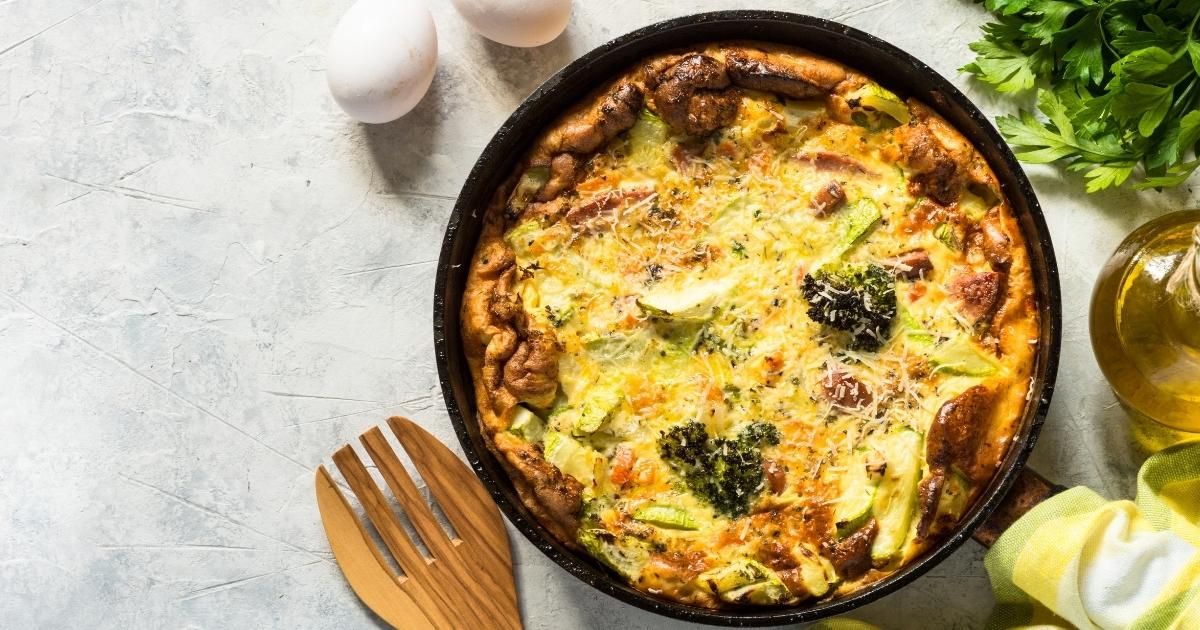Sustainable Eating: How to Reduce Waste in the Kitchen
Discover practical ways to reduce kitchen waste, embrace sustainable eating, and make an impactful change towards a healthier planet. Start your journey today with our comprehensive guide.
In today’s fast-paced world, the concept of sustainable eating has gained significant momentum. It’s more than just a trend; it’s a movement towards reducing waste, conserving resources, and making choices that positively impact the environment. Reducing waste in the kitchen is a crucial part of this journey. It not only contributes to a healthier planet but also encourages a more mindful and cost-effective lifestyle. In this comprehensive guide, we will explore actionable steps you can take to minimize waste in your kitchen and adopt sustainable eating habits.
Key Takeaways:
- Understand the importance of sustainable eating and its impact on the environment.
- Learn practical ways to reduce food and packaging waste in the kitchen.
- Discover how planning, purchasing, and preparing food can lead to a more sustainable lifestyle.
The Importance of Sustainable Eating
Sustainable eating involves choosing foods that are healthful to our environment and our bodies. It means considering where our food comes from, how it's produced, and how our food choices affect the health of our planet. By reducing waste in our kitchens, we can significantly lower our environmental footprint, decrease pollution, and conserve natural resources.
Planning: The First Step Towards Waste Reduction
Planning is essential in the battle against kitchen waste. By carefully planning meals and shopping lists, you can avoid overbuying and reduce food spoilage. Here’s how you can start:
Meal Planning: Dedicate time each week to plan your meals. This helps in buying only what you need and utilizing what you already have.
Inventory Checks: Regularly check what items you already have in your pantry, fridge, and freezer. This prevents buying duplicates and encourages using what’s available.
Shopping Lists: Stick to a shopping list based on your meal plan. This minimizes impulse buys that may not get used and end up as waste.
Smart Purchasing Habits
Buying habits play a significant role in sustainable eating. Here’s how you can make environmentally friendly choices:
Buy in Bulk: Purchase non-perishable items in bulk to reduce packaging waste. However, ensure you only buy quantities you can realistically use.
Choose Local and Seasonal: Support local farmers and reduce carbon footprint by choosing local, seasonal produce.
Eco-friendly Packaging: Opt for products with minimal or recyclable packaging to reduce plastic waste.
Efficient Food Preparation and Storage
Proper food preparation and storage can drastically cut down waste. Implement these practices in your kitchen:
Batch Cooking: Prepare meals in batches and freeze portions for later. This reduces food spoilage and provides quick meal options.
Proper Storage: Understand how to store different types of food to extend their shelf life. For example, keeping fruits and vegetables in separate drawers to prevent ethylene production from spoiling produce quickly.
Use Leftovers Creatively: Get creative with leftovers. Many dishes can be transformed into new meals, reducing waste and adding variety to your diet.
Reducing Food Waste
Food waste is a significant issue, but there are numerous ways to tackle it:
Composting: Start composting food scraps instead of throwing them away. This returns nutrients to the soil and reduces greenhouse gas emissions from landfills.
Portion Control: Serve smaller portions to prevent uneaten food from ending up in the trash. You can always go back for seconds if you're still hungry.
Understanding Expiry Dates: Learn the difference between “sell by,” “use by,” and “best before” dates to prevent discarding food that is still safe to eat.
The Role of Recycling and Upcycling
In addition to food waste, packaging waste is a major concern. Here’s how you can address it:
Recycle Properly: Familiarize yourself with local recycling rules and sort your waste accordingly.
Upcycling: Find creative uses for items that might otherwise be considered waste. Old jars, for instance, can be reused for storage.
Educating and Sharing
Spread the word about sustainable eating and waste reduction:
Educate Yourself and Others: Stay informed about sustainable practices and share this knowledge with friends and family.
Community Involvement: Participate in community gardens or local clean-up efforts to promote environmental sustainability.
Reducing waste in the kitchen through sustainable eating practices is an effective way to contribute to environmental conservation. By planning, purchasing wisely, preparing food thoughtfully, and embracing recycling and composting, we can make significant strides towards a more sustainable future. Remember, small changes lead to big impacts. Start incorporating these practices into your daily routine and become part of the solution to a healthier planet and a more sustainable lifestyle.
By making conscious choices and adopting sustainable habits, you can transform your kitchen into a zero-waste zone. Not only will you contribute to the well-being of the environment, but you will also enjoy fresher, healthier meals, save money, and live a more ethical and sustainable life. The journey towards sustainable eating starts in your kitchen, and the time to begin is now.
Gluten Free Basic Crepe
Gluten-free crepes are thin, light French crepes made with gluten-free flour. You can serve this practical recipe, which you can prepare at any time of...
Banana Smoothie
Banana smoothie is a healthy and tasty drink that you can prepare in minutes! With its rich banana flavor and creamy consistency, your whole family will...
Mushroom Omelette
Mushroom omelette is a delicious and easy-to-make breakfast dish that combines the earthy flavor of mushrooms with fluffy eggs. A complete protein source...
Chicken Pot Pie
Chicken pot pie is the epitome of comfort food, transporting us back to cozy family dinners and cherished memories with every bite. Rich, creamy filling...
Oatmeal Pudding
Oatmeal Pudding is an easy breakfast or snack that is gluten-free and rich in fiber. This filling and nutritious oat pudding is served with fresh fruit...































